Snake Plant Care: A Complete Guide to Growing and Maintaining Health
Posted on September 19 2025
Are you looking for a resilient, visually striking plant that also cleans your indoor air? The snake plant is a popular choice for both beginners and plant enthusiasts due to its tolerance for various conditions and unique appearance. From recognizable snake plant laurentii to rare snake plant varieties like the moonshine snake plant or starfish snake plant, these plants provide incredible benefits and beauty. This complete guide covers snake plant care essentials, including lighting, watering, propagation methods, snake plant feng shui principles, and how to troubleshoot common problems to keep your large snake plant thriving in your home or office.
Understanding Snake Plant Varieties
Popular and Rare Types of Snake Plants
Snake plants come in many captivating types, each bringing distinct textures and colors to your space. Some popular snake plant varieties include:
- Snake Plant Laurentii: Known for its tall leaves with yellow edges, it's one of the most iconic varieties.
- Moonshine Snake Plant: Features silvery-green foliage that brightens any room with its subtle hue.
- Rattle Snake Plant: Has wavy, green leaves with darker markings that add a dynamic look.
- Cylindrical Snake Plant: Round, upright leaves that grow tall, excellent for modern decor.
- Starfish Snake Plant: Rare and unique, with star-shaped leaf clusters for a standout centerpiece.
- Variegated Snake Plant: Displays patterned leaves in combinations of green, yellow, and white.
Other varieties like the big snake plant or tall snake plant offer impressive vertical height, perfect for spacious rooms, while smaller types like the white snake plant suit tabletops. Selecting the right snake plant pot size is crucial to accommodate growth and avoid root crowding.
Identifying Your Snake Plant
Recognizing your snake plant species by leaf pattern and color helps tailor care techniques, such as light preferences and watering needs. For example, the golden snake plant requires slightly more light than the green snake plant, while rare snake plant varieties may need particular humidity levels.
Snake Plant Care Basics
Lighting Needs and Placement
Snake plants thrive best with indirect sunlight but are exceptionally adaptable. Placing your snake plant in a location with bright, indirect light will encourage healthy growth and may even promote snake plant bloom under the right conditions. Some types tolerate snake plant direct sunlight, but prolonged exposure can scorch leaves. For low-light areas, varieties like snake plant nasa and rattle snake plant perform well, making them versatile for offices and homes.
Watering and Soil Requirements
Overwatering is the most common issue in snake plant maintenance. Allow soil to dry out completely before watering again, especially for large snake plants since excess moisture causes root rot. Consider using well-draining soil in your snake plant pot or growing a snake plant in water for propagation or decorative purposes. During winter, water sparingly. Remember, snake plants are drought tolerant and prefer underwatering to overwatering.
How to Propagate Snake Plant
Methods for Propagating Snake Plant
Propagating snake plant can be both gratifying and cost-effective. There are three popular methods:
- Leaf Cuttings in Water or Soil: Cut a healthy leaf at the base and place it in water or moist soil. Roots appear after 3–5 weeks. Snake plant in water propagation offers visual progress and easy monitoring.
- Division: When repotting, gently divide the rhizomes with healthy roots and plant separately.
- Rhizome Cuttings: Cut segments of the underground rhizomes and plant them in fresh soil.
Tips for Successful Propagation
Keep cuttings out of direct sunlight during root development and maintain moderate moisture levels. The moonshine snake plant and cylindrical snake plant often root well using leaf cuttings, while larger, more mature snake plants like the snake plant laurentii respond well to division.
Feng Shui and Air Purifying Benefits
Snake Plant Feng Shui Principles
Snake plant feng shui enthusiasts believe this plant helps absorb negative energy and promote positive chi. Placing a snake plant near entryways or windows is thought to cleanse the energy flow. The strong, upright leaves relate to growth and resilience, while variegated snake plants symbolize prosperity and good fortune.
Snake Plant as an Air Purifier
The snake plant air purifier qualities have been recognized in studies like those conducted by NASA. They filter toxins such as formaldehyde, benzene, and xylene, improving indoor air quality. Their ability to convert CO2 into oxygen even at night makes snake plants an excellent choice for bedrooms and offices. Combining aesthetics with health benefits, snake plants are perfect for anyone seeking cleaner, fresher environments.
Common Snake Plant Problems and Troubleshooting
Identifying and Solving Issues
Despite being hardy, snake plants can experience common issues, including:
- Root Rot: Usually caused by overwatering or poor drainage. Use a snake plant pot with drainage holes and allow soil to dry between waterings.
- Leaf Yellowing or Browning: May indicate too much direct sun, or inconsistent watering.
- Pests: Mealybugs and spider mites can occasionally infest plants. Pruning snake plant leaves and wiping affected areas can help, along with natural insecticides.
Maintaining a Healthy Snake Plant
Regular snake plant maintenance includes removing damaged leaves, repotting every 2–3 years, and avoiding drastic environmental changes. Large snake plants especially benefit from some pruning to remove older, damaged foliage and encourage new growth.
Flowering and Special Care Notes
Encouraging Snake Plant Bloom
Though rare, snake plant bloom is possible if growing conditions mimic its native environment—consistent warmth, bright indirect light, and infrequent watering during the growing season. Flowers appear as clusters of small, white to cream-colored blooms on tall flower stalks with a mild fragrance.
Unique Care for Rare or Large Snake Plants
Rare snake plant varieties and big snake plants may have slightly different requirements. For example, the yellow snake plant prefers slightly more sunlight, while silver snake plant tolerates some shade. Tailoring care to specific types helps maintain optimal health.
Conclusion: Enjoying Your Snake Plant
Snake plants are low-maintenance, versatile, and striking houseplants that offer numerous benefits from air purification to feng shui energy enhancement. Whether you’re growing a tall snake plant, cylindrical snake plant, or one of the rare snake plant varieties, understanding proper snake plant care, propagation, and maintenance will keep your plant thriving. By choosing the right snake plant pot, providing appropriate light, and troubleshooting issues promptly, you can enjoy a large snake plant that adds beauty and wellness to your home for years to come. Explore our guide further or check out popular snake plant varieties like the snake plant laurentii or moonshine snake plant to start your collection today!


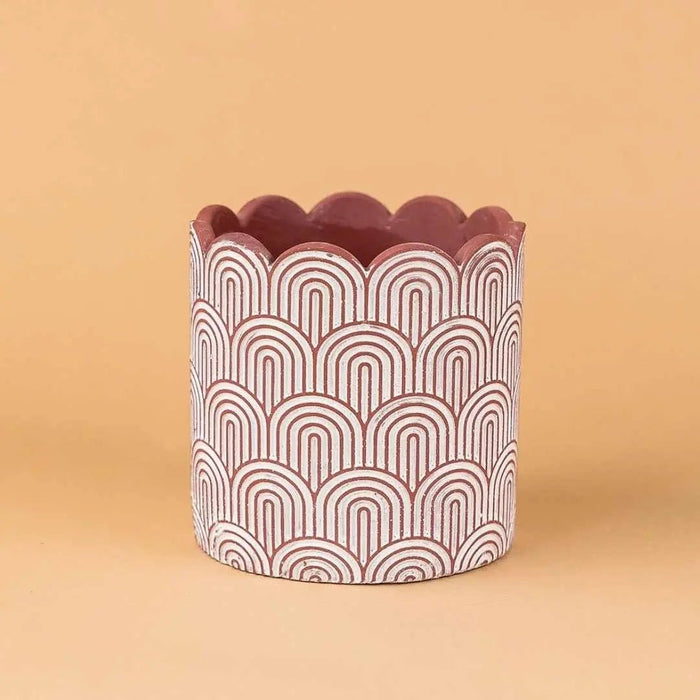
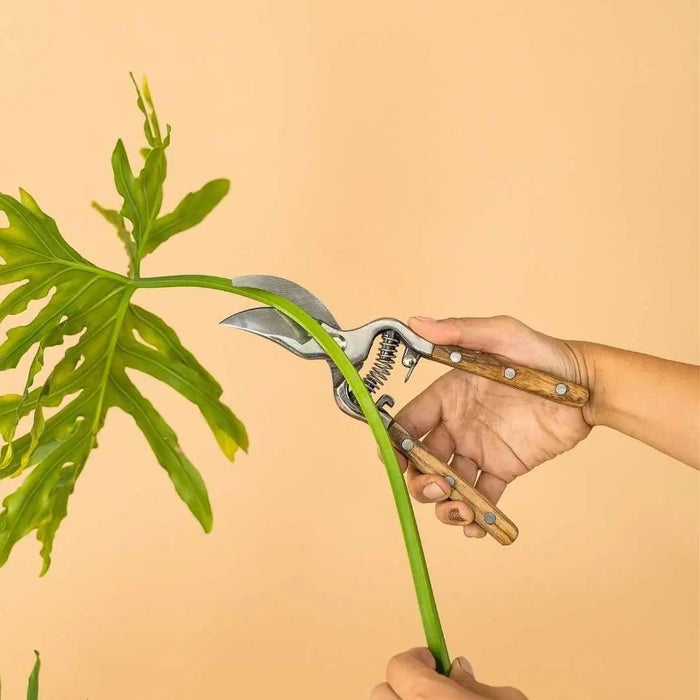



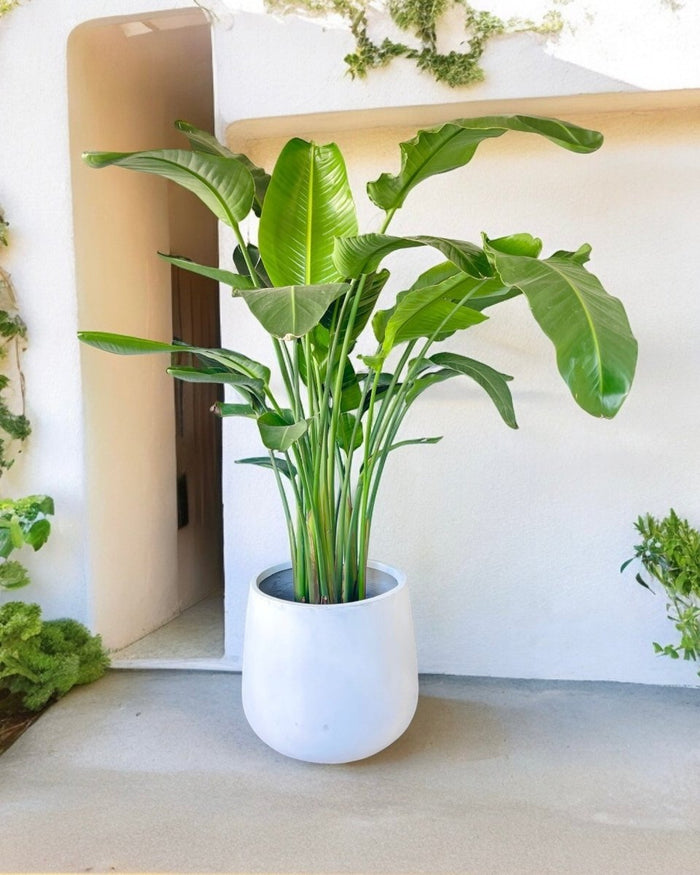



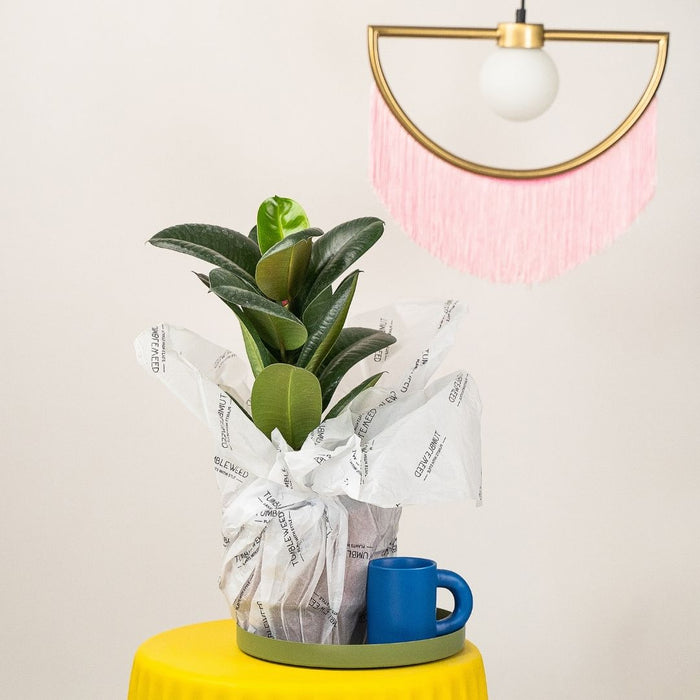


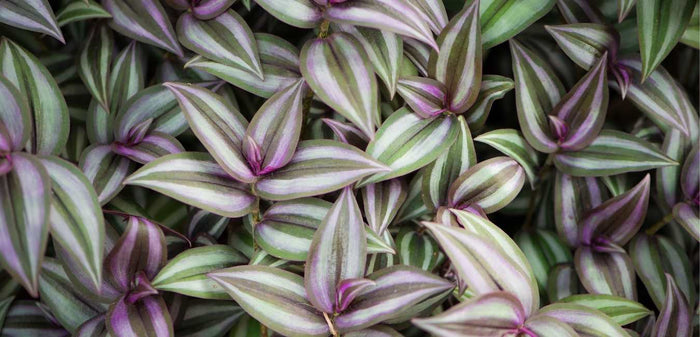



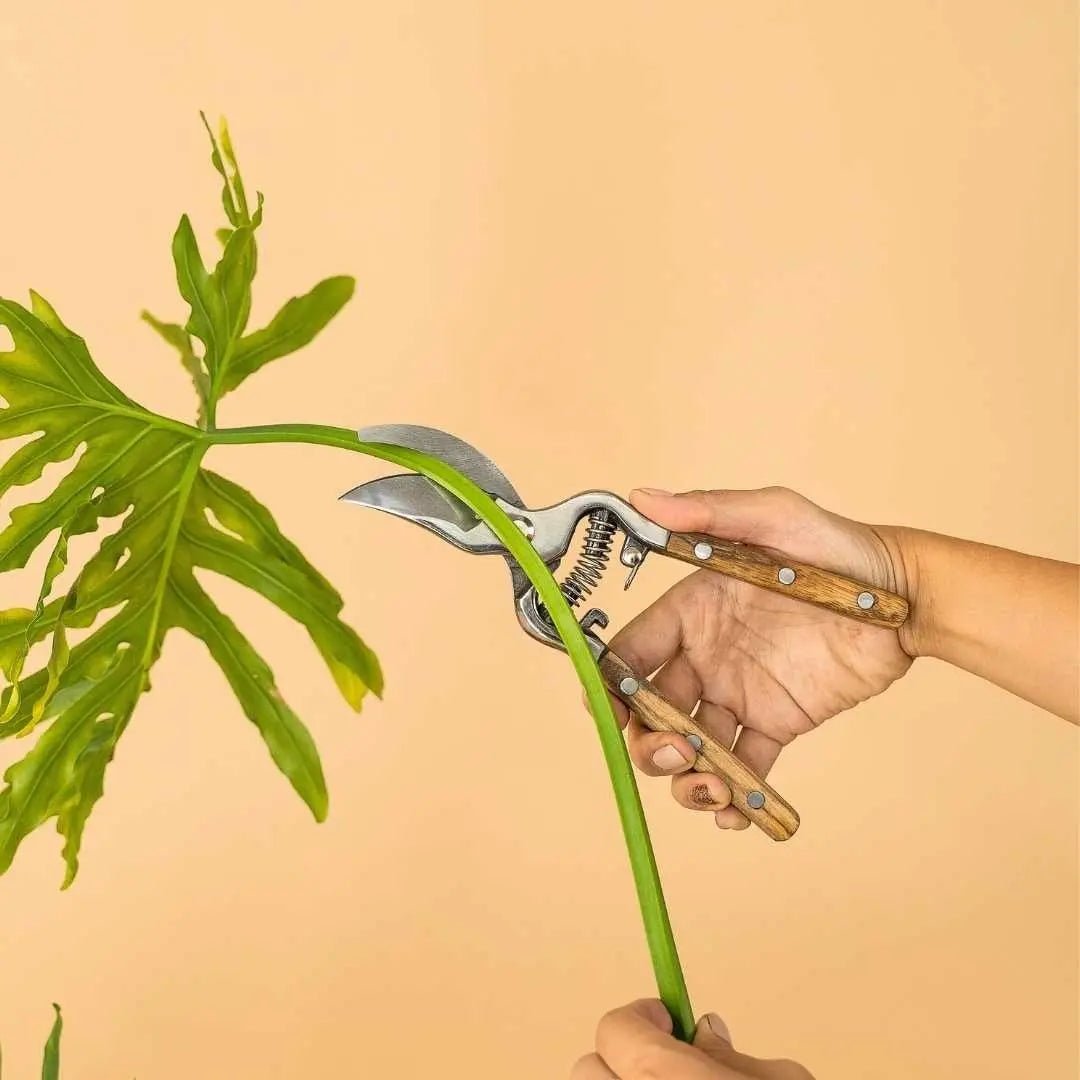


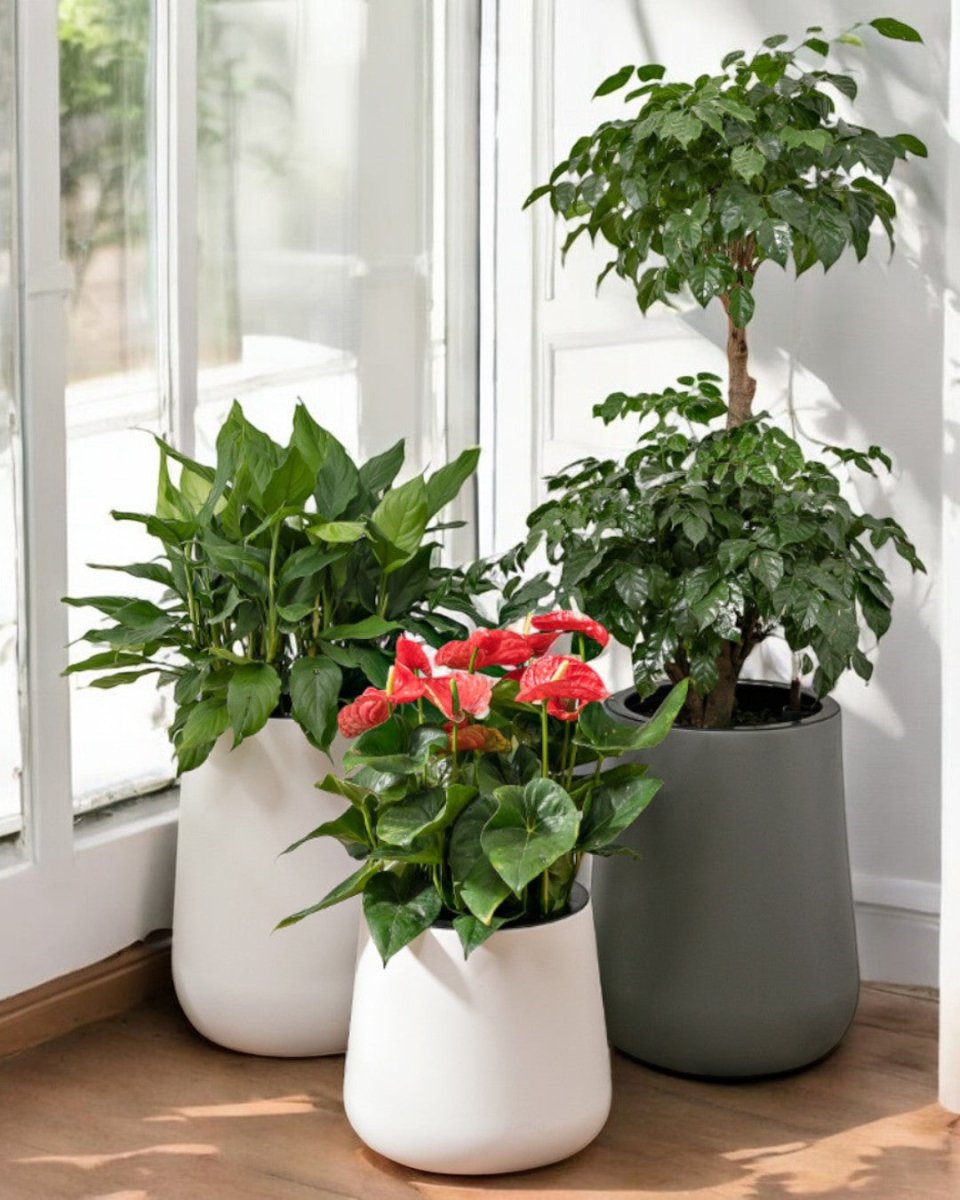




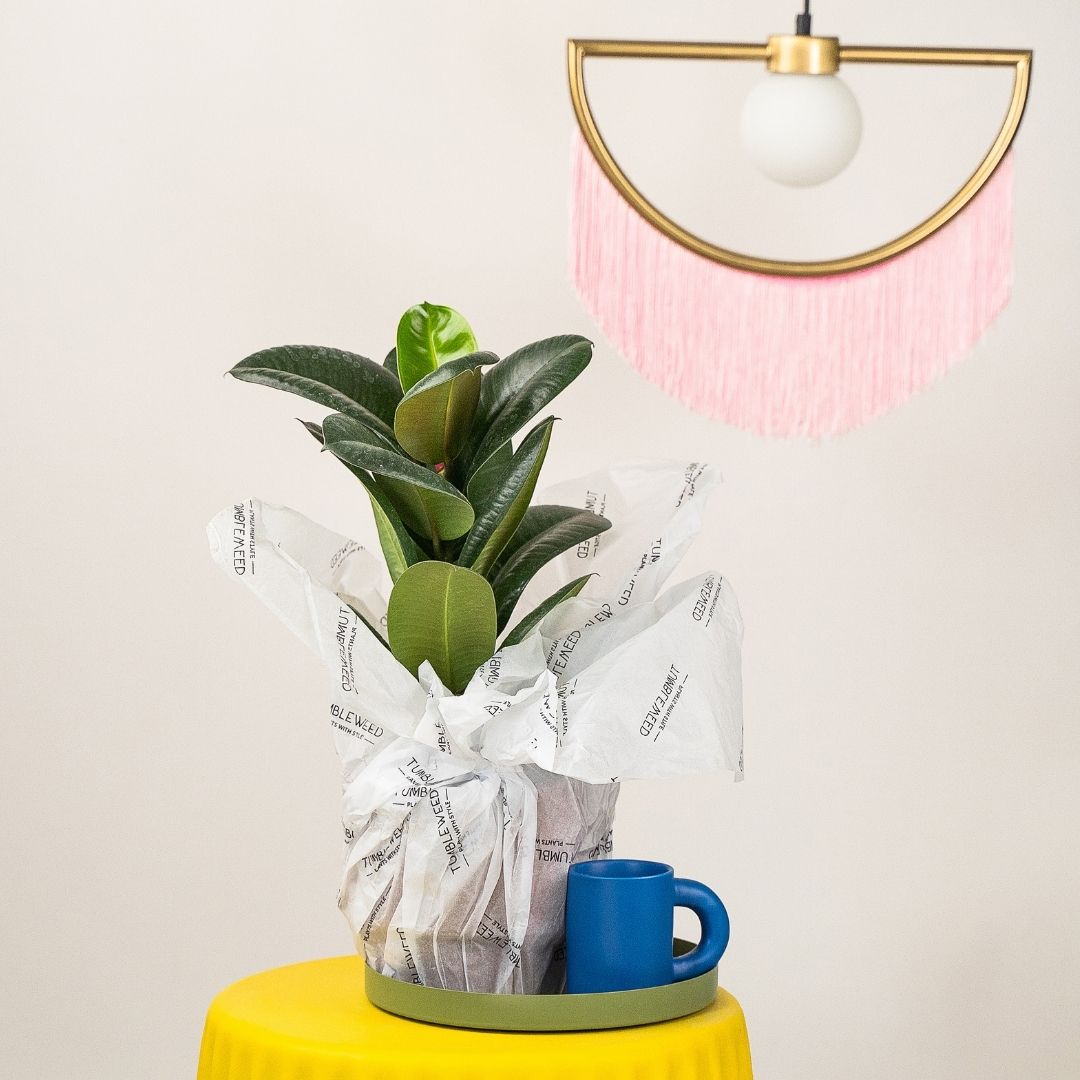




























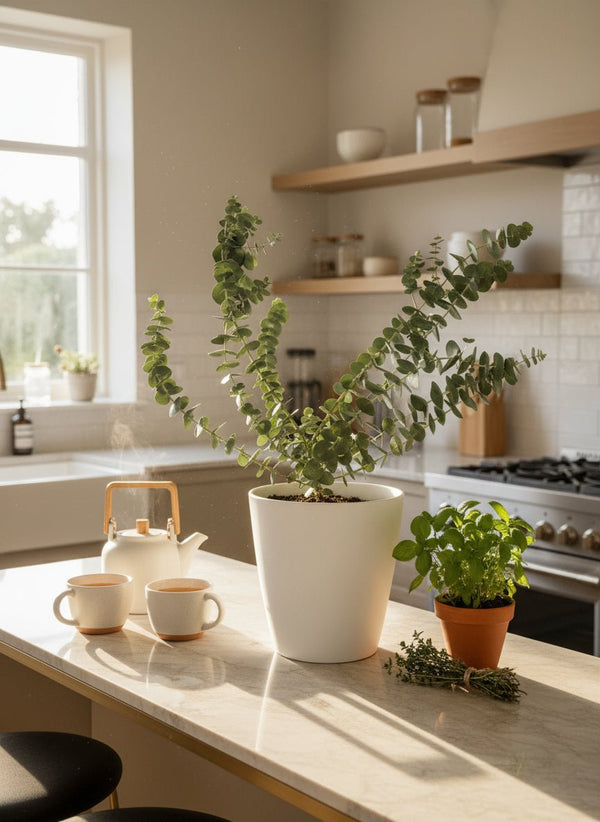







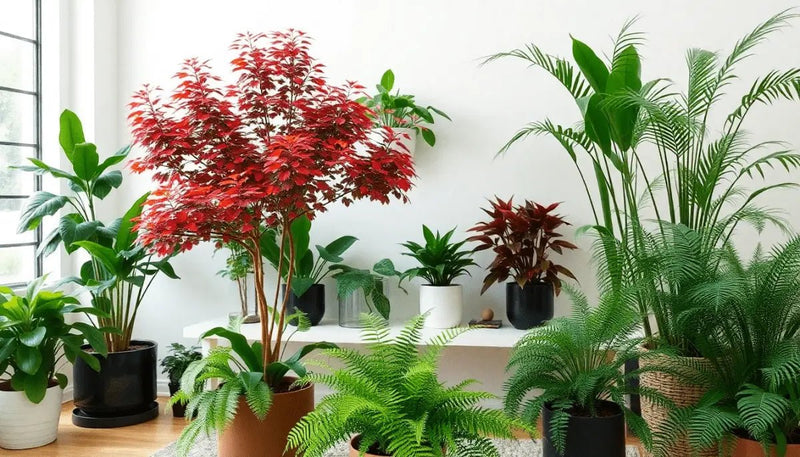


Comments
0 Comments
Leave a Comment